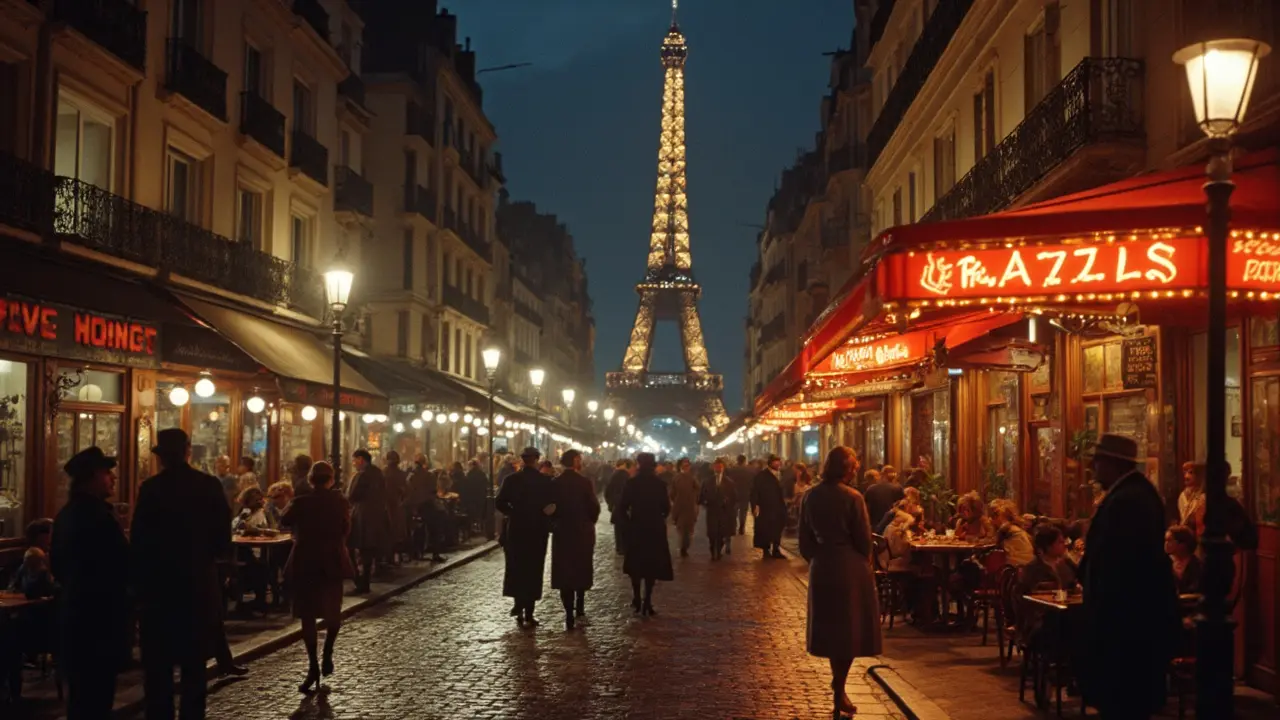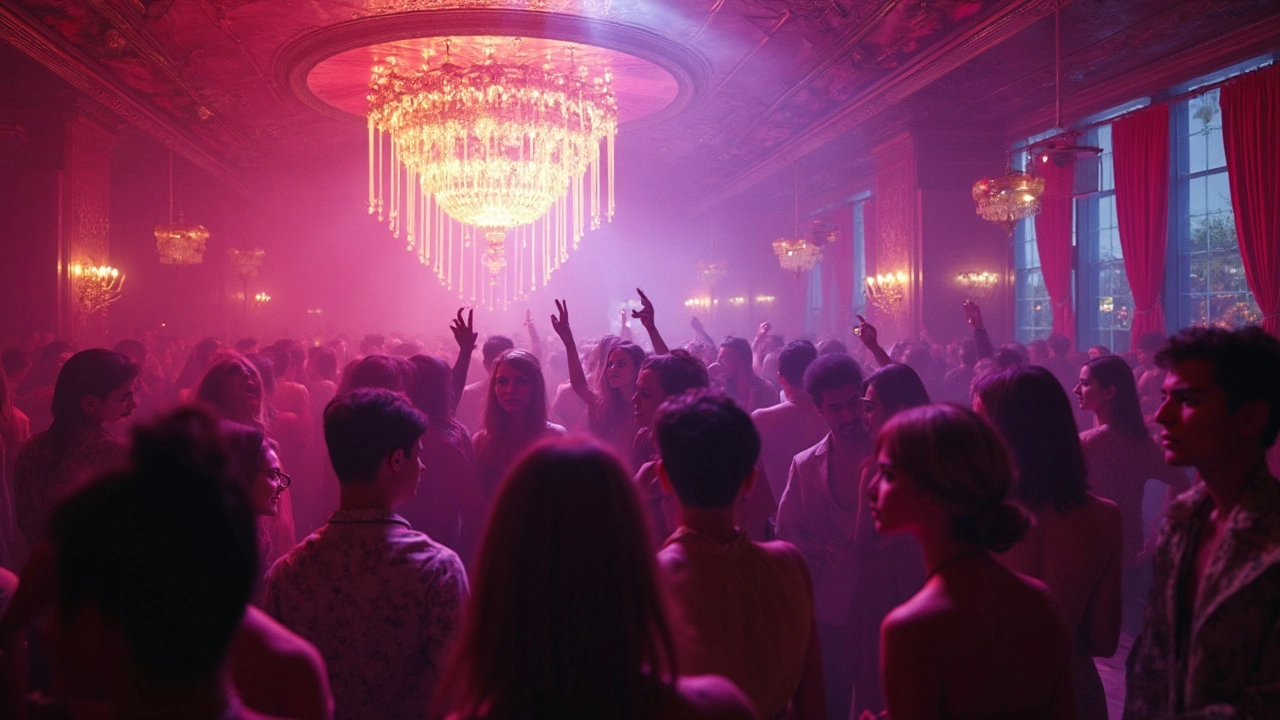Paris History: From Cabaret to Techno
When you think of Paris, glittering lights and buzzing clubs probably come to mind. Few realize that tonight’s dance floors sit on top of a story that started in smoky cabarets and secret basements. Knowing that story helps you pick spots that feel authentic, not just trendy.
Early Nightlife: Cabarets and Belle Époque
In the late 1800s, the Montmartre hills were packed with cafés that turned into cabarets after dusk. Places like Le Chat‑noir gave artists a stage to perform, and the famous Moulin Rouge opened its doors in 1889. Those venues weren’t just about music—they were social hubs where writers, painters, and bohemians exchanged ideas. The décor was cheap, the lights dim, and the crowd was a mix of curious tourists and local bohemians.
Fast forward to the 1920s, and the roaring Jazz Age hit Paris. American expats flooded the city, bringing swing and blues to clubs such as Le Boeuf sur le Toit. The music changed, but the vibe stayed the same: a place to escape the day, be seen, and hear something fresh. If you visit a historic bar today, ask the staff if they still play any of the old jazz standards—they often keep a few records on rotation.
Modern Scene: Underground Raves and Trendy Clubs
The 1970s and 80s saw disco and rock pour into the city’s nightlife. Venues like Le Palace turned the old cabaret model into a massive dance floor, welcoming everyone from rock stars to fashion designers. By the 1990s, the club scene split. The mainstream side kept growing with places like Matignon, while the underground grew in the 11th arrondissement, where warehouse raves whispered through concrete walls.
Today, Paris blends history with high‑tech. Clubs such as Badaboum and Glazart keep the underground spirit alive, but they add laser lights and world‑renowned DJs. The city also respects its past—Les Bains Douches, once a famous 80s hotspot, reopened with a nod to its iconic design. When you walk in, you’ll see vintage photos on the walls, reminding you of the club’s earlier glory days.
Want to feel the history yourself? Start at a classic spot like Le Carmen, a former 19th‑century mansion turned cocktail bar, then hop to a modern warehouse party in the Canal Saint‑Martin area. The contrast will show you how Paris has kept its love for night‑time freedom alive for over a century.
Regardless of whether you’re a jazz lover, techno fan, or someone who just wants a drink under the Eiffel Tower lights, Paris offers a timeline you can walk through. The key is to blend the old with the new—listen for a vinyl spin in a modern club, or spot a historic poster in a neon‑lit lounge. That’s the real magic of Paris history: it never stops evolving, but it always remembers where it started.


